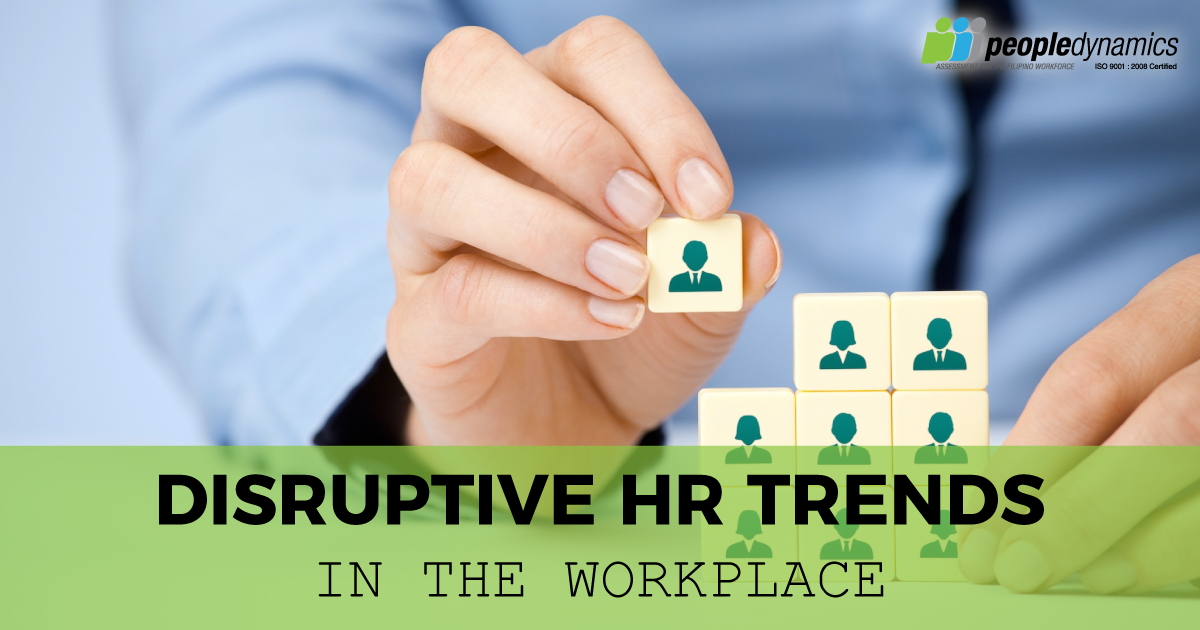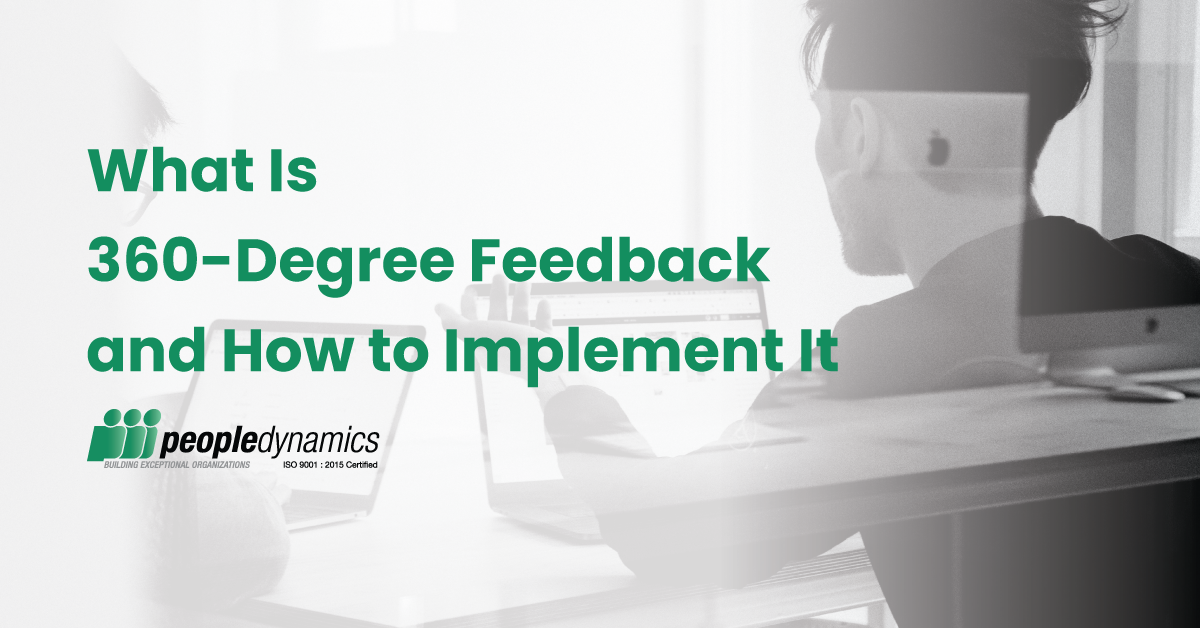The times are changing. Trends are all over the place—in one minute, out the next. And it’s not just little things that are changing. Human Resources is also changing.
Changing demographics and technology demand other ways in how organizations manage their talent. For example, assessments are now becoming a commodity, even if the traditional resume screening and interview (despite some studies showing that job interviews are often misleading) are still used. HR leaders and professionals must adapt, develop an external view of the latest trends, and know how to apply the best practices to their organizational requirements.
So, what are these disruptive HR trends exactly?
Disruptive HR Trends in the Workplace
1. The Millennials
By the year 2025, it is expected that millennials will account for 75% of the workforce. There are a lot of benefits in accepting millennials into your organization, with their fresh ideas and tech-savvy ways, but there are disadvantages, too.
This generation has different priorities when it comes to working. Different factors motivate them and these factors play a big part in their decision whether to stay in an organization or not. Because of this, organizations that are used to the loyal service of employees may be concerned.
Some things that are important for millennials are (1) culture; (2) learning and development; and (3) balance and innovation. Here are some tips to manage the millennials in your organization!
2. Technology
Josh Bersin, Principal of Bersin by Deloitte, Deloitte Consulting LLP., observed that “Today, companies are less focused on automating and integrating their talent practices. They are more worried about employee engagement, teamwork, innovation, and collaboration. They want HR technology solutions that are engaging, useful and productivity-oriented. Integrated talent management is still important, but the real focus is on reinventing how people work – on creating team-based tools for goal alignment and coaching; on putting in place systems to provide feedback and measure engagement; and on rethinking the way we measure performance, manage careers and enable individual learning.”
Online testing and assessments are also becoming a commodity for various areas of talent management. According to a post in HR in Asia, the top 9 most influential disruptive trends for 2017 are:
- Accelerating revolution of performance management
- Convergence of engagement evaluation with feedback and performance
- Explosion of growth in people analytics
- Innovation in the learning market
- New landscape for talent acquisition
- Growth in contingent workforce management, gig work, and part-time work markets
- Evolution of team management tools and their merger with HR tools
- Explosion of wellness and fitness apps – and their potential merger with employee engagement
- Development of digital HR, including self-service, artificial intelligence, and robotic process automation
You can read more about the trends mentioned above here.
3. Change in Social Trends
The new generation views the topics of marriage and settling down differently from the previous generation. Cohabitation, single parenting, and out of wedlock births are more common in the present making marriage less of a pre-requisite.
The article 5 Ways Marriage is Harder in 2017 (And What You Can Do About It) says that “millennials are getting married less often and much later in life than previous generations, as they put their careers first and, especially for women, take full advantage of the opportunities that weren’t available to them in decades past”.
At the same time, the previous generations are reluctant to retire or are retiring later than before. The Anti-Age Discrimination Law or Republic Act 10911 prohibits employers to lay off employees that reach the retirement age of 60. Due to this, there could be a promotion blockage for the younger generation of workers.
These changes in the social trends alter employee lifecycle. Therefore, HR must take into consideration these changes into their workforce planning and analytics will be helpful. These changes affect not only one part of HR intervention, but everything—pay, benefits, employee engagement, employee growth, and so on. Using tools that give you a lot of data about your organization’s workforce will be beneficial such as assessments.
A famous quote by the Greek philosopher Heraclitus goes like this, “Everything changes and nothing stands still”. There will be more changes and trends as time goes by, and there will always be a need to keep up or get left behind.




